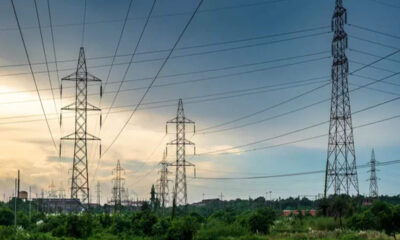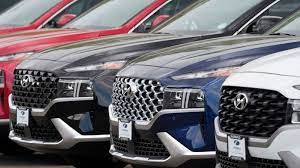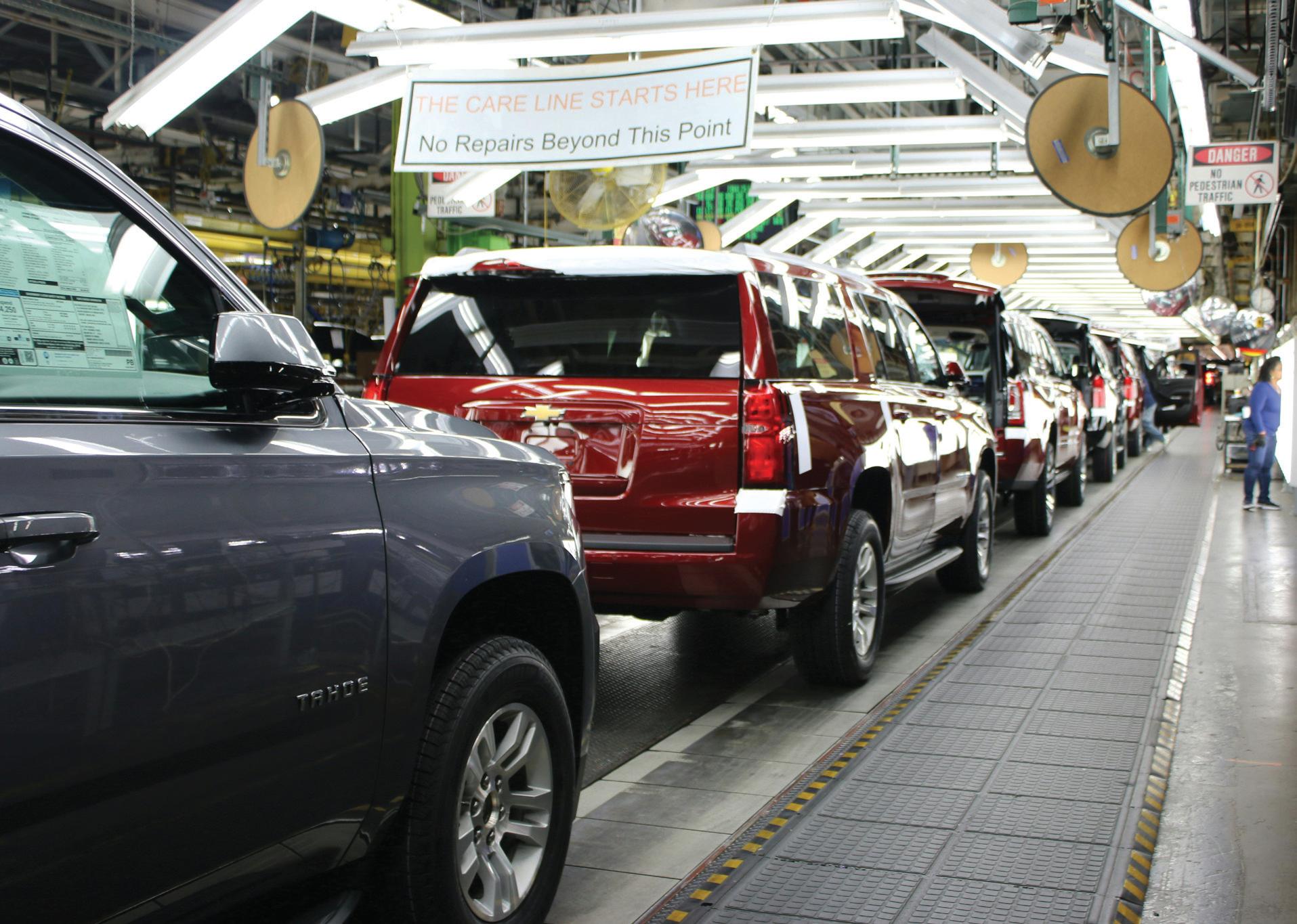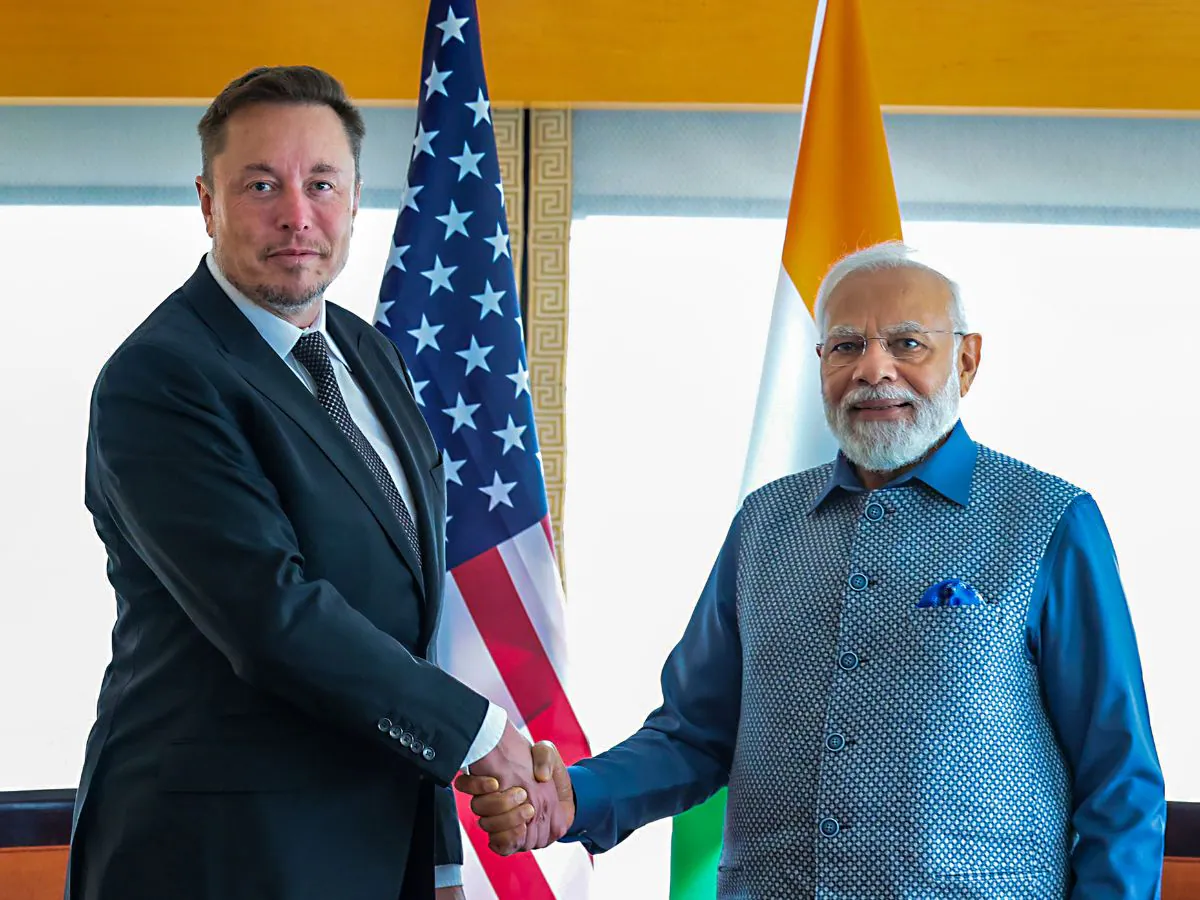That has begun to change with the help of smart electricity meters, artificial intelligence and modelling by innovative energy companies.
Automakers from General Motors to Volvo Cars, alongside utilities and charging app operators are calculating their financial cut as EVs that allow their owners to sell power back to grids become a more realistic prospect. Bidirectional, or vehicle-togrid (V2G), charging lets EV owners charge at overnight off-peak rates then sell power back to grids at a profit during peak hours. For short periods, a million EVs could provide as much power as a large nuclear power plant, says Nick Woolley, CEO of UK software firm energy, which is working on V2G technology with Siemens, Nissan, Volkswagen and others. For many years V2G remained largely theoretical, as the Nissan Leaf was the sole EV capable of it.
That has begun to change with the help of smart electricity meters, artificial intelligence and modelling by innovative energy companies. And most major automakers, including Tesla, BMW, Volkswagen, Renault and Toyota are expected to launch V2G capable models over the coming years. Chinese manufacturers, such as BYD have also developed the technology and, crucially, the Chinese government plans a big role for V2G by 2030. “There is a lot of money to be made,” Doron Frenkel, CEO of Driivz, said of balancing grids. “Everyone wants their own piece of this.” Driivz has access to millions of EVs via the white-label charging software it provides to automakers and others.
In the United States, bidirectional charging is experimental, while in major European market Germany regulatory hurdles around how to price any energy sold back into the grid mean it is a distant prospect. Bidirectional chargers are also more expensive than conventional ones because for now they are produced on a smaller scale. But in the UK, Octopus Energy has launched a V2G tariff for customers, offering free charging if owners keep their EVs plugged in overnight. Octopus plans a similar tariff this year in its other energy markets, including France, Japan, New Zealand and the U.S. state of Texas. “This is a real thing,” Octopus’ global head of flexibility Alex Schoch said. “It’s no longer a theoretical, academic discussion.”
AUTO/ENERGY COMPANIES
Among the breakthroughs that are bringing V2G closer, automakers have set up their own energy units, joining the software platforms, energy distributors and others that are vying for V2G revenue.
They do not yet know how much they might make. Most of the money will go to EV owners, leaving just pennies per kilowatt for intermediaries selling power to grids, but across millions of EVs, that would add up. Within the next few months, GM will launch an electric Chevrolet Silverado pickup truck capable of powering homes – the same technology as V2G – and all its EVs will have bidirectional capability by 2026, Aseem Kapur, GM Energy’s energy solutions director, said.
GM plans to both sell energy to utilities and partner with aggregators pooling larger numbers of EVs to sell power, Kapur said. The automaker is also building partnerships with U.S. utilities, including Duke Energy. GM rival Ford’s F-150 Lightning electric pickup is V2G capable.
CHEAPER BILLS AND GRID BALANCING
Shilpen Patel, 39, has been using his Nissan Leaf for an Octopus Energy V2G pilot scheme in London since 2020, plugging in when at home and cutting his annual household energy bill by 700 pounds ($871.08), or about a third. “The savings have been pretty remarkable,” Patel said. As a precursor to V2G at scale, companies including Octopus already operate grid balancing services. To avoid firing up expensive additional capacity, grid operators pay them to power down EV chargers for very short periods. Denmark’s Monta, for instance, gives charging app users in some markets around 8 euros ($8.53) per month for grid balancing, while Driivz uses it to protect the Dutch grid from demand spikes.
Volkswagen’s energy unit Elli is building a trading platform in Germany for grid balancing as a precursor to V2G and plans to expand or work with partners in other markets, said Ingo Mueller, the unit’s head of energy solutions. Nuvve provides V2G services for around 500 electric buses in a number of U.S. states, an easy proposition as they are plugged in most of the day and during school holidays.
But for passenger EVs, persuading customers via apps with accurate and attractive pricing will be vital. Platforms with reliable AI forecasts for how many EVs will be plugged in will get more business from the likes of Duke Energy, which is running bidirectional tests with GM and Ford. “You’ve got to be able to accurately predict how much capacity is available at any given time,” said Zachary Kuznar, managing director for grid solutions development at Duke. Automakers’ energy units will mostly lack the scale to aggregate enough EVs locally to sell power to utilities, so emerging platforms, including Kaluza or The Mobility House, aim to act as intermediaries, aggregating EVs across multiple brands.
Those intermediaries will also need to ensure EVs do not overburden grids if everyone charges when prices are low and discharges when they are high, Timo Kern, director of energy systems and markets at Munich-based energy research institute FfE, said. Renault has partnered with The Mobility House, while Volvo is working both on its own platform and with others like Kaluza, said Alexander Petrofski, who heads Volvo Cars Energy Solutions. Kaluza is also working with other automakers including Volkswagen, Stellantis, Nissan, GM, Mitsubishi and Porsche to act as an intermediary with thousands of utilities, said Kaluza’s chief product officer Neel Gulhar.
He said charging app providers or others could sidestep automakers and run V2G services via EV chargers. But Kaluza wants to partner with automakers because of the data they can access. “We need those partnerships because you get a lot more data from the vehicle than you do from chargers,” Gulhar said.


 Opinion2 years ago
Opinion2 years ago
 Fashion7 years ago
Fashion7 years ago
 Entertainment7 years ago
Entertainment7 years ago
 Entertainment7 years ago
Entertainment7 years ago
 Opinion2 years ago
Opinion2 years ago
 Business News2 years ago
Business News2 years ago
 Policy&Politics2 years ago
Policy&Politics2 years ago
 Business News2 years ago
Business News2 years ago





















